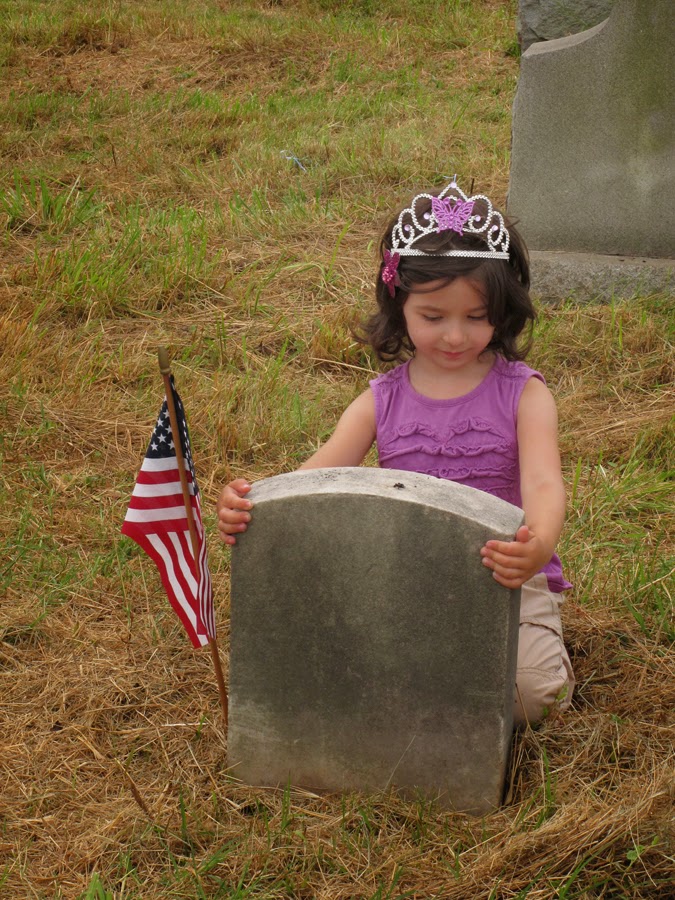 |
| "Finding Vivian Maier" |
(http://www.vivianmaier.com/film-finding-vivian-maier).
The most succinct introduction to this topic is to quote the website www.vivianmaier.com:
“This intriguing documentary shuttles from New York to France to Chicago as it traces the life story of the late Vivian Maier, a career nanny whose previously unknown cache of 100,000 photographs has earned her a posthumous reputation as one of America’s most accomplished and insightful street photographers.”
So why am I writing about this in The Cemetery Traveler? Well, there's a strange connection here if you will allow me. I saw the movie a few weeks ago and it is more than just a documentary – it is almost a psychological thriller. In addition to being an amazingly talented street photographer, Vivian appears to have also been mentally disturbed. But then so was VanGogh. The reason I bring Maier up in this blog is because of a story related to me by an attendee on a photography tour of Mount Moriah Cemetery last year (Mount Moriah is in Southwest Philadelphia). Also because it is now May, and all the Catholic school children are receiving First Holy Communion. Stay with me on this. I’ll eventually tie it all together!
First, you might want to view the trailer of the movie, to get a better idea of what Maier was about. Click this link to view. The photo at the beginning of this blog is one of her many self-portraits; the young girl in the reflection is one of her charges. The image is titled "Self-Portrait, 1953," though Maier never titled her work. In fact she never even printed her negatives. As you will learn from the documentary, she even left thousands of exposed, undeveloped film behind after her death!
So back to the photo tour at Philadelphia’s Mount Moriah Cemetery. The woman on the photo tour (who was in her sixties, as I recall) told me that her family lived across the street (Kingsessing Avenue and Cemetery Road) from Mount Moriah when she was around eight years old. This would have been in the 1960s, I suppose. Her parents had a nanny to take care of her and her brother. The brother was about the same age. Their nanny, it seems, was an avid photographer and would from time to time – I swear I’m not making this up – have the boy and girl dress in their white First Holy Communion outfits and walk over to the cemetery with her. Right in front of the old brownstone gatehouse, she would have the children lie on their backs – on graves – with their hands folded as if praying, and photograph them.
 |
| Ed Snyder (in green cap) giving tour of Mount Moriah Gatehouse |
I thought of this situation while watching the movie Finding Vivian Maier, specifically toward the end of the film when it becomes evident that the quirky nanny may have been slightly deranged. One of Maier’s charges (now in her sixties) is interviewed and says that once she and her brother were with Maier and playing in the street when her brother got hit by a car! When the police and ambulance came, the nanny took pictures of the scene!
 |
| Image by Vivian Maier, New York City, 1954 (ref.) |
 |
| Mount Moriah gatehouse as it appears now (2014) |




























